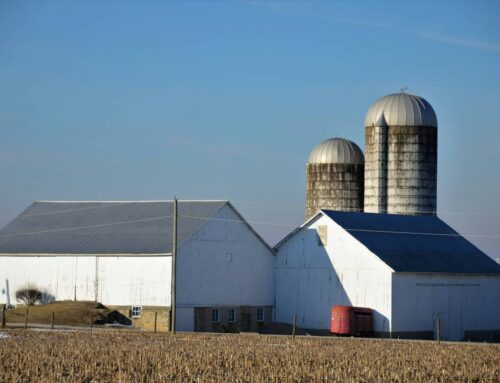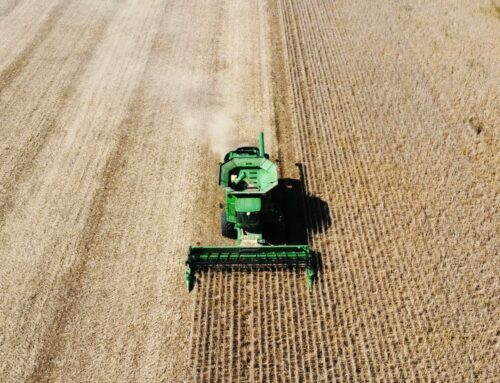View/Download this article in PDF format.
Just the FACTS…
… about who will benefit from the $1 TRILLION 2014 FARM BILL
Producers of corn, soybeans, wheat, cotton, and rice receive the majority of the benefits from the FARM BILL in the form of shallow loss entitlements, price supports, highly subsidized crop insurance, marketing loans, and other federal income guarantee subsidies. Because the largest and most profitable producers receive a majority of agricultural subsidies, federal policies have accelerated land consolidation away from small family farms to vast agribusinesses that do not need taxpayer subsidies:
Fact: According to the U.S. Department of Agriculture, "farm commodity payments reach only about 25 percent of U.S. farms, although those farms control about 80 percent of cropland and 50 percent of all agricultural land." Large-scale family farms (those with annual sales of $250,000 or more) and nonfamily farms received over 70 percent of commodity payments in 2009.
Fact: Large-scale and nonfamily operations "account for 12 percent of farms but 84 percent of the value of production." Over the past 30 years, the number of small farms has declined whereas the number of farms organized as partnerships and corporations steadily increased and those with sales over $1 million per year more than tripled.
Fact: One consequence of farm subsidies is inflated land prices and consolidation of farmland in the hands of a few profitable landowners. In the Northern and Southern Plains and Corn Belt, non-operating landlords own more than 30 percent of all farmland and 77 percent of rented land.
Our Take: Wasteful and outdated FARM BILL subsidies should be reined in and a more cost-effective, accountable, responsive, and transparent farm safety net created in their place.










